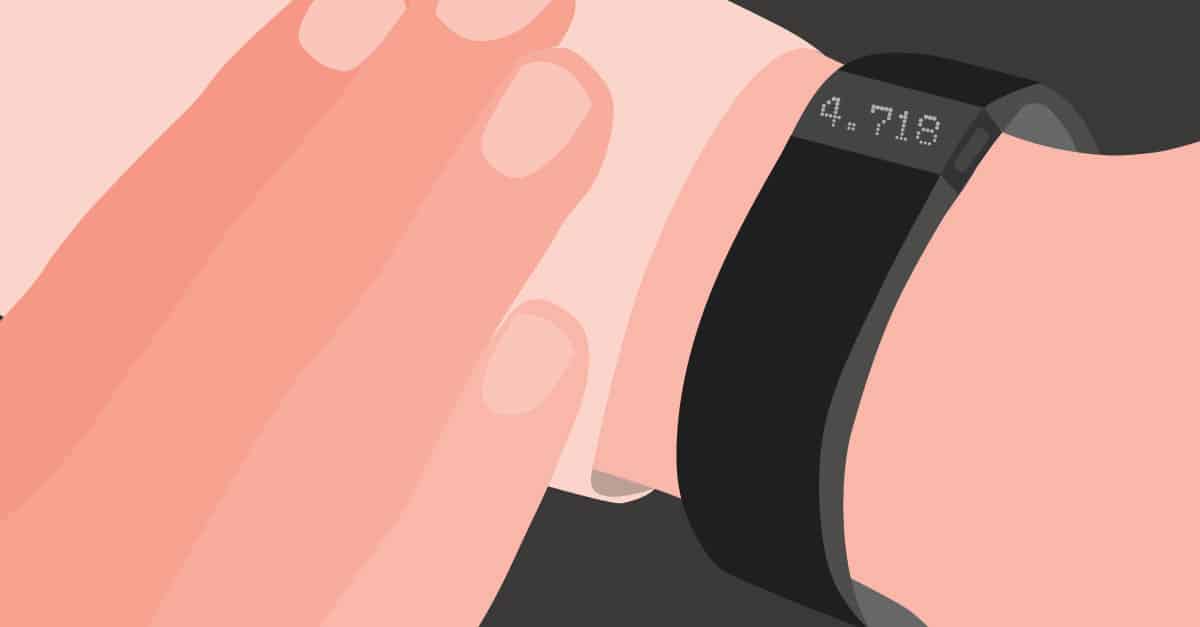Determining the Right Device for You
In one form or another, exercise self-tracking has been around for decades. Men and women have stepped on in-home scales for decades, used basic pedometers since the rudimentary devices hit the market, and recorded simple actions such as daily consumption of glasses of water or miles jogged, or nighttime sleep hours. Recording all the things we do that are good for us is the idea behind the Quantified Self Movement. The main goal of the Quantified Self Movement is to motivate people to take health and wellness into their own hands. You can use apps, gadgets, and even good old pen and paper to record everything from weight to calories burned, heart rate, mood, sleep, sex habits, and air quality.
Though not all of us are extreme health recorders, a 2013 national survey found self-tracking is surprisingly universal. Three out of five U.S. adults surveyed said they track their weight, diet, or exercise routine in one way or another. And 21 percent say they use some form of technology to track health data. One facet of many people’s daily recording routine is to track exercise, whether they’re beginning joggers or seasoned marathoners.
Today, there are hundreds of trackers on the market. Here are the top devices to help you find out which is right for you.
 Nike+ FuelBand SE
Nike+ FuelBand SE
Device type: Wristband
Available for: Windows, Mac, iOS, Android
Price: $99
Nike is known for innovation, but some users may find the FuelBand’s user base a little too extreme. Rather than focus on universal metrics such as steps and calories (though you can still find those on the band) this device scores activity based on “fuel points,” an arbitrary measurement of intensity, frequency, and quantity. The band itself is sturdy and sporty, but lacks some measurement features including distance, heart rate, and sleep.
 FitBit Flex
FitBit Flex
Device type: Wristband
Available for: Windows, Mac, Android, iOS
Price: $99.95
This band is comfortable, stylish, and relatively inexpensive compared to other popular wrist devices. It’s not exactly discreet, but it is more attractive than some larger, watch-like trackers. The Flex isn’t for those who want instant gratification, however. While there is wireless uploading and the website experience is comprehensive, the device itself displays little information. This band monitors sleep quality and includes a silent vibrating alarm clock to avoid disturbing sleep partners.
 Jawbone UP24
Jawbone UP24
Device type: wristband
Available for: Android, iOS
Price: $149.99
Just like the Fitbit Flex, the Up24 has no digital readout, so users have to sync to Jawbone’s app using built-in Bluetooth capability to check daily stats, and there’s no calorie counting. In return, the Jawbone has a sleek, attractive band that’s comfortable and light. Perhaps one of the Up’s strongest features is an alert that vibrates if you’ve been sitting for an extended period of time.
 Basis Carbon Steel
Basis Carbon Steel
Device type: Wristband
Available for: Windows, Mac, Android, iOS
Price: $199.90
The Basis is a bit of a behemoth compared to counterpartsr, but it’s known for its comprehensive and accurate tracking, much of which can be viewed right on the tracker itself. Though the Basis comes with a hefty price tag, in return you get durability, the ability to detect type of movement, and lots of data, from skin temp to perspiration, which equals a more accurate calorie burn measure.
 Misfit Shine
Misfit Shine
Device type: Wristband, clip-on, necklace
Available for: Android, iOS
Price: $99.99
With both a magnetic clip-on and band option, the Misfit is flexible, comfortable, and discreet as well as elegant, with multiple wearing options and eight colors. The Shine’s best feature may be its water resistance with in-pool activity tracking. Unlike other USB-chargeable devices, the battery on the Misfit needs to be replaced and lasts just four months. It also doesn’t display a whole lot of information on the device itself; white LED lights depict daily progress. An additional downfall: Users must have an iOS or Android device to view information asthere’s no web app or ability to sync to a computer.
